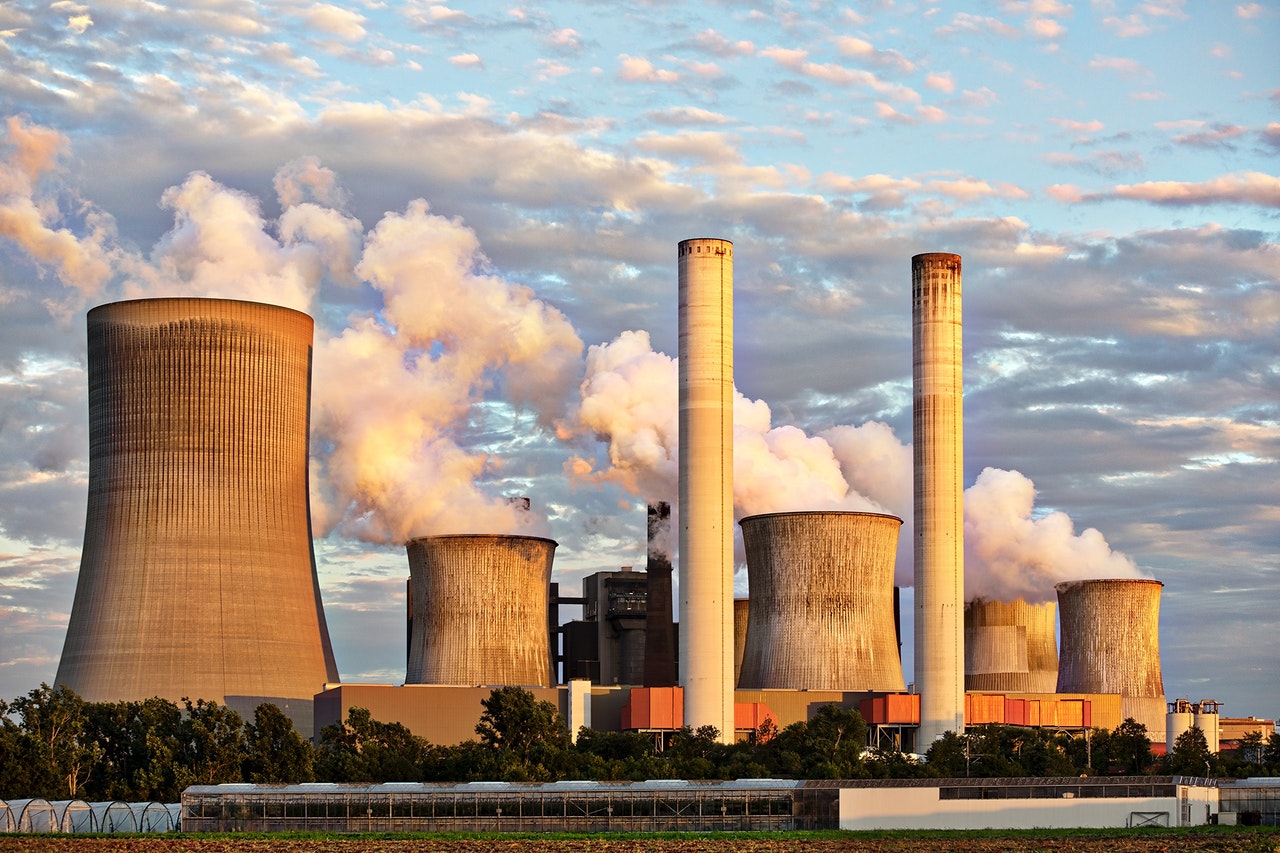Industrialisation and Mining

Africa is a continent of 54 countries with over 2, 000 languages spoken by over 1 billion people. Underneath the soil of the continent are mineral resources such as gold, diamond, cobalt, bauxite, iron ore, coal, copper, etc. These mineral resources are money-spinner in the international market. Commodity export is the heartbeat of Africa’s economy. Approximately, about 30% of the remaining mineral resources in the world are in Africa.
According to Al Jazeera’s research, “Africa is home to five of the world’s top oil-producing countries, with an estimated 57 percent of Africa’s export earnings from hydrocarbons. Algeria, Angola, Cameroon, Chad, Republic of Congo, Egypt, Eritrea, Gabon, Ghana, Kenya, Libya, Nigeria, South Sudan, Sudan, Tunisia, and Mozambique are all rich in oil and gas.”
Proven oil reserves have grown by almost 150 percent, increasing from 53.4 billion barrels since 1980, to 130.3 billion barrels by the end of 2012, the research reveals.
In a publication by KPMG in 2013, the US Geological society states that Africa has the largest reserve of bauxite, cobalt, industrial diamonds, manganese, phosphate rock, platinum group metals and zirconium with the key mineral resources being precious metals, diamonds and Copper.
In the international market, prices of gold, diamond, crude oil, etc., are constantly going through the roof. According to Davis & Tilton, “mining is the key that converts dormant mineral wealth into schools, homes, ports, and other forms of capital that directly contribute to economic development.”
Unfortunately, reverse is the case for many countries in Africa. Income from these resources have not resulted in quality of life. The income only swells the bank accounts of corrupt politicians and bureaucrats. The continent suffers from ‘Dutch disease’. Dutch disease is an economic term for the negative consequences that can arise from a spike in the value of a nation’s currency. It is primarily associated with the new discovery or exploitation of a valuable natural resource and the unexpected repercussions that such a discovery can have on the overall economy of a nation. In 1997, The Economist coined the term when the publication analyzed a crisis that occurred in The Netherlands after the discovery of vast natural gas deposits in the North Sea in 1959.
Just as the mining sector in Africa has not reached its full potentials, so also is the quest for industrialization of the continent. The United Nations posits that Africa remains the world’s least industrialized region, with only one country on the entire continent, South Africa, currently categorized as industrialized.
Writing in United Nations Africa Renewal blog, Masimba Tafirenyika, posits that Africa is less industrialized today than it was four decades ago. Similarly, the UN Economic Commission for Africa (ECA), states that the contribution of Africa’s manufacturing sector to the continent’s gross domestic product declined from 12% in 1980 to 11% in 2013.
The Economist Intelligence Unit, a British business research group, depressingly declares that Africa accounted for more than 3% of global manufacturing output in the 1970s, but this percentage has since halved.
As a result of the low industralisation in the continent, high volume of commodities are exported out without processing. When these commodities are processed, they are brought back at higher costs thereby increasing the rate of poverty and social inequality on the continent.
It is time to chart a new course for the continent. It is time to industralise the continent. Our mineral resources must be processed locally. To do that, African countries must tap into the power of emerging technology to accelerate the process of industralisation.
In a report entitled The Future of Mining in Africa, Deloitte sees the transformation of Africa’s mining sector from the lens of the 4th Industrial Revolution. According to the report, adoption of the emergent technology will not only accelerate the continent’s quest for industralisation, it will transform the mining as we know it. There will be incremental improvements to existing challenges through digital infrastructure and improved planning and decision making. These changes will drive competitive innovation and sustainable mining practices, the report adds.
At the World Forum for Africa (WOFA), we are committed to the United Nations General Assembly proclamation in 1989 on Africa Industrialization Day raise awareness about the importance of Africa’s industrialization and the challenges faced by the continent.
Our activities will call attention to the need to put in place adequate infrastructure that would promote adequate funding and industralisation in the continent.
